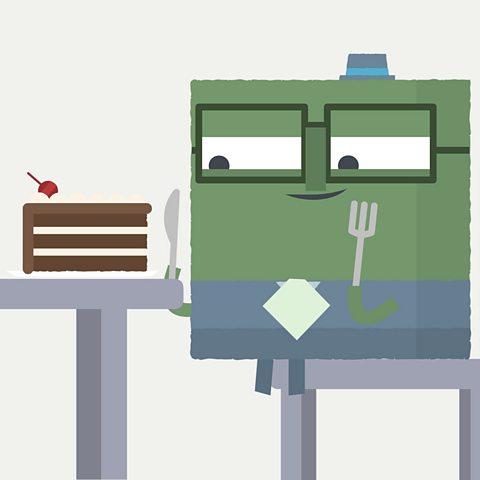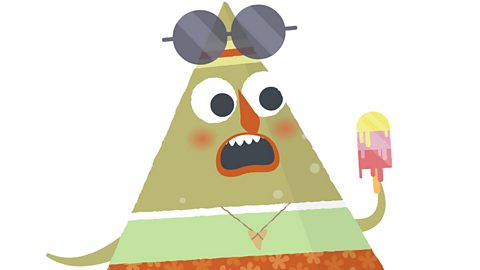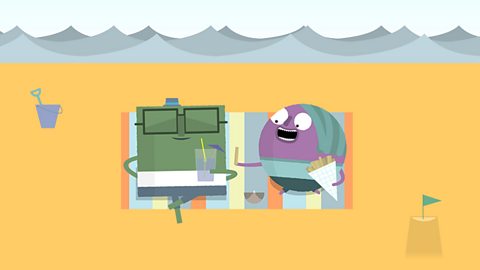Chemical reactions
A change is called irreversible if it cannot be changed back again. Many chemical reactions are irreversible.
In a chemical reaction, new materials are always formed. Sometimes these new materials are useful to us.
Watch: Chemical reactions
Discover what a scientific reaction is with this clip.
Can you name one (or more) of the irreversible changes in the video?
Cooking, burning and making concrete were the three irreversible changes seen in the video.
Examples of irreversible changes

Heating
Heating can cause an irreversible change. For example you heat a raw egg to cook it. The cooked egg cannot be changed back to a raw egg again.
Mixing
Mixing substances can cause an irreversible change. For example, when vinegar and bicarbonate of soda are mixed, the mixture changes and lots of bubbles of carbon dioxide are made. These bubbles and the liquid mixture left behind cannot be turned back into vinegar and bicarbonate of soda again.
Burning
Burning is an example of an irreversible change. When you burn wood you get ash and smoke. You cannot change the ash and smoke back to wood again.

Examples of reversible changes

A reversible change is a change that can be undone or reversed such as:
- dissolving
- melting
- freezing
- evaporation
- mixing
If you can get back the substances you started the reaction with, that's a reversible reaction, for example: water can be frozen and turns into ice but if you heat the ice it melts back to water.
A reversible change might change how a material looks or feels. It sometimes creates new materials.

Activity 1: Identifying irreversible and reversible changes
Activity 2: Quiz
Activity 3: Investigating irreversible changes

Investigate some changes at home or in school (with a grown up to help) and classify them as reversible or irreversible.
You could try: stirring some sand into water, toasting bread, adding some vinegar to bicarbonate of soda or watching an ice cube melt.

Bitesize Primary games. gameBitesize Primary games
Play fun and educational primary games in science, maths, English, history, geography, art, computing and modern languages.

More on Properties and change of materials
Find out more by working through a topic
- count5 of 5

- count1 of 5

- count2 of 5

- count3 of 5
